All products and services are For Research Use Only and CANNOT be used in the treatment or diagnosis of disease.
Creative Biolabs has developed extensive ErbB2 CAR-related products to facilitate CAR-T development. Please feel free to inquire about the specific product you are interested in.
ErbB2, also known as HER2, is a member of the membrane tyrosine kinase (TK) receptors family. The ErbB family is involved in a variety of signaling pathways, regulating biological processes such as proliferation, differentiation, apoptosis, and angiogenesis. It is well known that ErbB2 is an established therapeutic target for breast cancer, and several drugs have been approved to treat ErbB2-positive breast cancer. In addition, ErbB2 is also overexpressed in other solid tumor subpopulations, including cancer types such as colorectal cancer, non-small cell lung cancer, and bladder cancer, etc. ErbB2 targeting therapy is an important solution for solid tumor therapy.
 Fig.1 Schematic Diagram of HER2 CAR-T structure and action in cancer.1
Fig.1 Schematic Diagram of HER2 CAR-T structure and action in cancer.1
We supply extensive CAR expression detection reagents and sensitive testing assays for anti-ErbB2 CART cell expression validation.
 Fig.2 HER2-targeted CAR expression test of anti-HER2 CART cells by flow cytometry.2
Fig.2 HER2-targeted CAR expression test of anti-HER2 CART cells by flow cytometry.2
ErbB2 CAR-T Cytokine Release Test
To assess the releasing level of cytokines during the CART cell interaction with tumor cells, Creative Biolabs provides several suitable assays for different antigen-specific CART projects, including but not limited to ELISA, ELISPOT, cytometric bead array (CBA), intracellular cytokine detection by FACS.
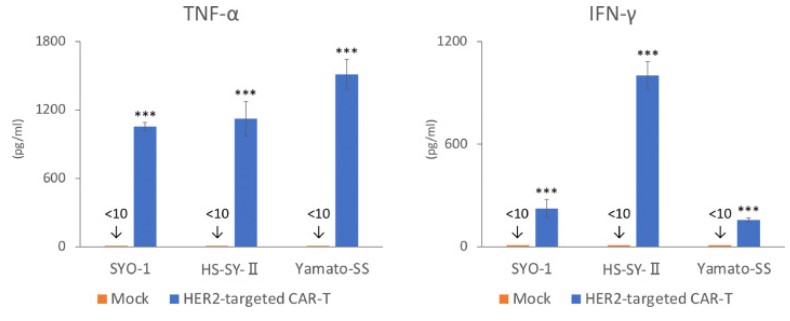 Fig.3 Cytokine secretion detection of anti-HER2 CART cells co-cultured with synovial sarcoma target cells assessed by CBA.2
Fig.3 Cytokine secretion detection of anti-HER2 CART cells co-cultured with synovial sarcoma target cells assessed by CBA.2
ErbB2 CAR-T In Vitro Cytotoxicity Assay
To assess the cytotoxicity activity of CART cells, we supply a variety of robust in vitro anti-tumor assays to test the efficacy of CART cells co-cultured with tumor cells, such as luciferase assay, lactate dehydrogenase (LDH) assay, real-time cell analysis assay (RTCA).
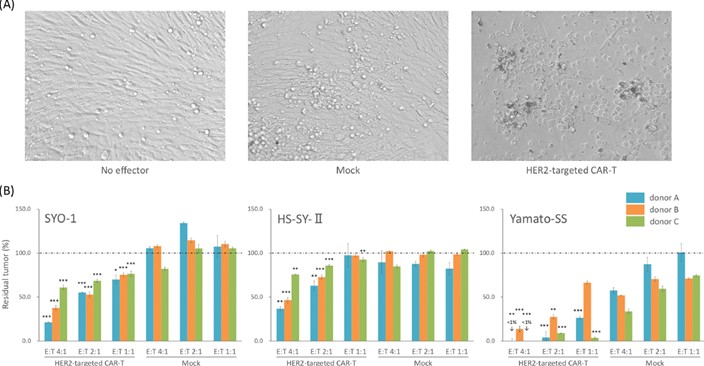 Fig.4 In vitro cytotoxicity evaluation of anti-HER2 CAR T cells against synovial sarcoma target cells at indicated E: T ratio. (A) Visualization representation of synovial sarcoma cell line SYO-1 co-cultured with anti-HER2 CAR T cells at 4:1 E:T ratio. (B) In vitro cytotoxicity analysis of anti-HER2 CAR T cells against 3 different synovial sarcoma cells at indicated E: T ratio.2
Fig.4 In vitro cytotoxicity evaluation of anti-HER2 CAR T cells against synovial sarcoma target cells at indicated E: T ratio. (A) Visualization representation of synovial sarcoma cell line SYO-1 co-cultured with anti-HER2 CAR T cells at 4:1 E:T ratio. (B) In vitro cytotoxicity analysis of anti-HER2 CAR T cells against 3 different synovial sarcoma cells at indicated E: T ratio.2
Phenotype Analysis for ErbB2 CAR-T
We provide a complete list of CART cell phenotype analyses including but not limited to T cell stimulation marker detection, tumor cell apoptosis marker test, T cell exhaustion marker analysis, etc.
 Fig.5 Apoptosis analysis of DLD-1 tumor cells co-cultured with HER2-CART cells at 10:1 E:T ratio.1
Fig.5 Apoptosis analysis of DLD-1 tumor cells co-cultured with HER2-CART cells at 10:1 E:T ratio.1
For in vivo efficacy tests of CART cells, Creative Biolabs specializes in providing a full range of animal models and suitable testing services for efficacy and toxicity evaluation.
CDX Model for ErbB2-CART Efficacy Test
 Fig.6 Schematic of the DLD-1 xenograft models for ErbB2-CART.1
Fig.6 Schematic of the DLD-1 xenograft models for ErbB2-CART.1
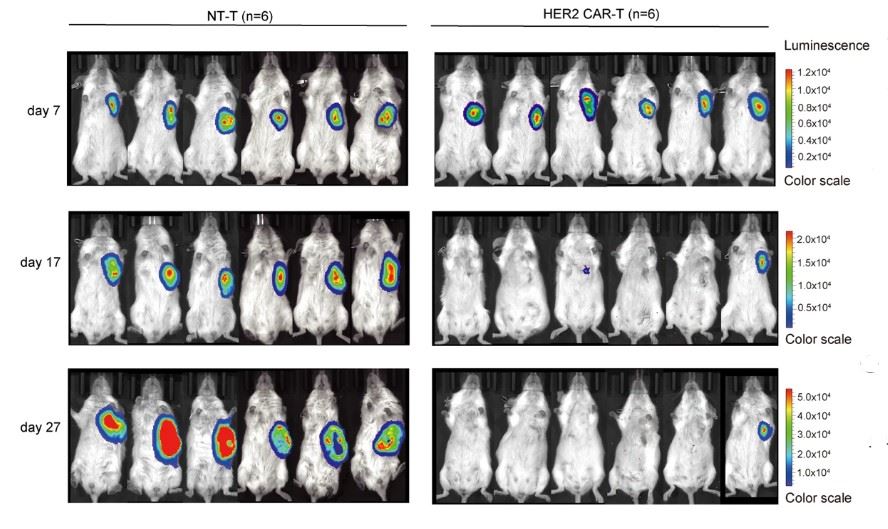 Fig.7 In vivo efficacy test of anti-ErbB2 CART in DLD-1-ffLuc xenograft models by IVIS detection.1
Fig.7 In vivo efficacy test of anti-ErbB2 CART in DLD-1-ffLuc xenograft models by IVIS detection.1
PDX Model for ErbB2-CART Efficacy Test
 Fig.8 Schematic of the CRC PDX models for ErbB2-CART.1
Fig.8 Schematic of the CRC PDX models for ErbB2-CART.1
 Fig.9 In vivo efficacy test of anti-ErbB2 CART in CRC PDX models. Left figure shows IVIS detection of CRC PDX models treated with HER2 CAR-T cells. Right figure shows tumor volume measurement of PDX models treated with HER2 CAR-T cells.1
Fig.9 In vivo efficacy test of anti-ErbB2 CART in CRC PDX models. Left figure shows IVIS detection of CRC PDX models treated with HER2 CAR-T cells. Right figure shows tumor volume measurement of PDX models treated with HER2 CAR-T cells.1
References
 Loading...
Loading...
| CAT | Product Name | Target Species | Antibody Clone | Antibody Host | Receptor Construction | Vector Type | Targeting Cell Type | CAR Vector Type | Inquiry & Datasheet |
| CAR-ZP5668 | Anti-ERBB2 (3H587) h(41BB-CD3ζ) CAR, pCDCAR1 | Human | 3H587 | Mouse | scFv-41BB-CD3ζ | Lentiviral vector | T cell | ||
| CAR-ZP5669 | Anti-ERBB2 (3F32) h(CD28-CD3ζ) CAR, pCDCAR1 | Human | 3F32 | Mouse | scFv-CD28-CD3ζ | Lentiviral vector | T cell | ||
| CAR-ZP5670 | Anti-ERBB2 (3F32) h(41BB-CD3ζ) CAR, pCDCAR1 | Human | 3F32 | Mouse | scFv-41BB-CD3ζ | Lentiviral vector | T cell | ||
| CAR-ZP5671 | Anti-ERBB2 (24B5) h(CD28-CD3ζ) CAR, pCDCAR1 | Human | 24B5 | Mouse | scFv-CD28-CD3ζ | Lentiviral vector | T cell | ||
| CAR-ZP5672 | Anti-ERBB2 (24B5) h(41BB-CD3ζ) CAR, pCDCAR1 | Human | 24B5 | Mouse | scFv-41BB-CD3ζ | Lentiviral vector | T cell | ||
| CAR-ZP5673 | Anti-ERBB2 (3B4-9E2-7E4) h(CD28-CD3ζ) CAR, pCDCAR1 | Human | 3B4-9E2-7E4 | Mouse | scFv-CD28-CD3ζ | Lentiviral vector | T cell | ||
| CAR-ZP5727 | Anti-ERBB2 (R78-8J-4) h(CD28-CD3ζ) CAR, pCDCAR1 | Human | R78-8J-4 | Rabbit | scFv-CD28-CD3ζ | Lentiviral vector | T cell | ||
| CAR-ZP5728 | Anti-ERBB2 (R78-8J-4) h(41BB-CD3ζ) CAR, pCDCAR1 | Human | R78-8J-4 | Rabbit | scFv-41BB-CD3ζ | Lentiviral vector | T cell | ||
| CAR-ZP5730 | Anti-ERBB2 (6BA1) h(41BB-CD3ζ) CAR, pCDCAR1 | Human | 6BA1 | Rabbit | scFv-41BB-CD3ζ | Lentiviral vector | T cell | ||
| CAR-ZP8499 | A uniCAR [Anti-CD16A CAR], with a mAb-based CAR Adaptor [Anti-ErbB2 (Herceptin)], a Switchable CAR System | Breast cancer | Lentiviral vector | ||||||
| CAR-SB-LX0232 | Anti-ErbB2 (XHM300) h(CD28-CD3ζ) CAR, pSBCAR1 | Human | XHM300 | Humanized | scFv-CD28-CD3ζ | Sleeping Beauty (SB) transposon | T cell | ||
| CAR-SB-LX0233 | Anti-ErbB2 (XHM312) h(CD28-CD3ζ) CAR, pSBCAR1 | Human | XHM312 | Mouse | scFv-CD28-CD3ζ | Sleeping Beauty (SB) transposon | T cell | ||
| XS-0622-ZP3198 | Anti-ErbB2 h(VHH1-VHH2-CD28-CD3ζ) Biepitopic CAR, pCDCAR1 | Human | VHH1-VHH2-CD28-CD3ζ | Lentiviral vector | T Cell | ||||
| XS-0822-YF369 | Anti-Human ErbB2 (XW-369) h(41BB-CD3ζ) CAR IVT Plasmid, pCARIVT | Human | XW-369 | Mouse | scFv-41BB-CD3ζ | In Vitro Transcription (IVT) Vector | |||
| XS-0822-YF370 | Anti-Human ErbB2 (XW-370) h(41BB-CD3ζ) CAR IVT Plasmid, pCARIVT | Human | XW-370 | Mouse | scFv-41BB-CD3ζ | In Vitro Transcription (IVT) Vector | |||
| XS-0822-YF371 | Anti-Mouse ErbB2 (XW-371) m(41BB-CD3ζ) CAR IVT Plasmid, pCARIVT | Mouse | XW-371 | Rabbit | scFv-41BB-CD3ζ | In Vitro Transcription (IVT) Vector | |||
| XS-0822-YF372 | Anti-Human ErbB2 (XW-372) h(41BB-CD3ζ) CAR IVT Plasmid, pCARIVT | Human | XW-372 | Mouse | scFv-41BB-CD3ζ | In Vitro Transcription (IVT) Vector | |||
| XS-0822-YF373 | Anti-Human ErbB2 (XW-373) h(41BB-CD3ζ) CAR IVT Plasmid, pCARIVT | Human | XW-373 | Mouse | scFv-41BB-CD3ζ | In Vitro Transcription (IVT) Vector | |||
| XS-0822-YF374 | Anti-Human ErbB2 (XW-374) h(41BB-CD3ζ) CAR IVT Plasmid, pCARIVT | Human | XW-374 | Mouse | scFv-41BB-CD3ζ | In Vitro Transcription (IVT) Vector |
 NEWSLETTER
NEWSLETTER
The latest newsletter to introduce the latest breaking information, our site updates, field and other scientific news, important events, and insights from industry leaders
LEARN MORE NEWSLETTER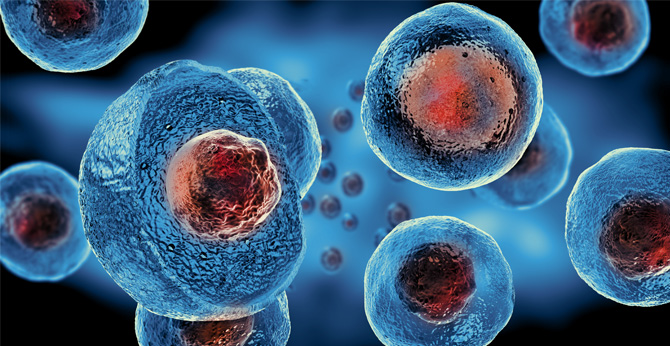 NEW SOLUTION
NEW SOLUTION
CellRapeutics™ In Vivo Cell Engineering: One-stop in vivo T/B/NK cell and macrophage engineering services covering vectors construction to function verification.
LEARN MORE SOLUTION NOVEL TECHNOLOGY
NOVEL TECHNOLOGY
Silence™ CAR-T Cell: A novel platform to enhance CAR-T cell immunotherapy by combining RNAi technology to suppress genes that may impede CAR functionality.
LEARN MORE NOVEL TECHNOLOGY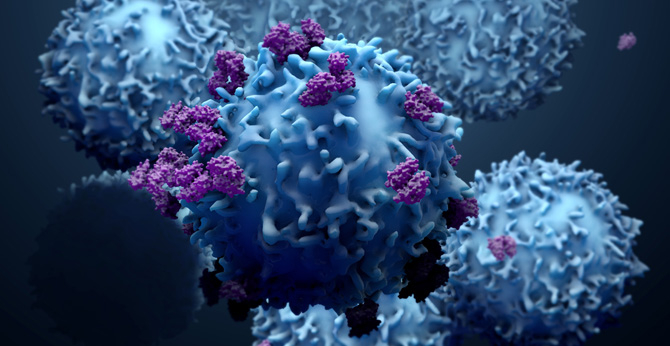 NEW SOLUTION
NEW SOLUTION
Canine CAR-T Therapy Development: From early target discovery, CAR design and construction, cell culture, and transfection, to in vitro and in vivo function validation.
LEARN MORE SOLUTION

